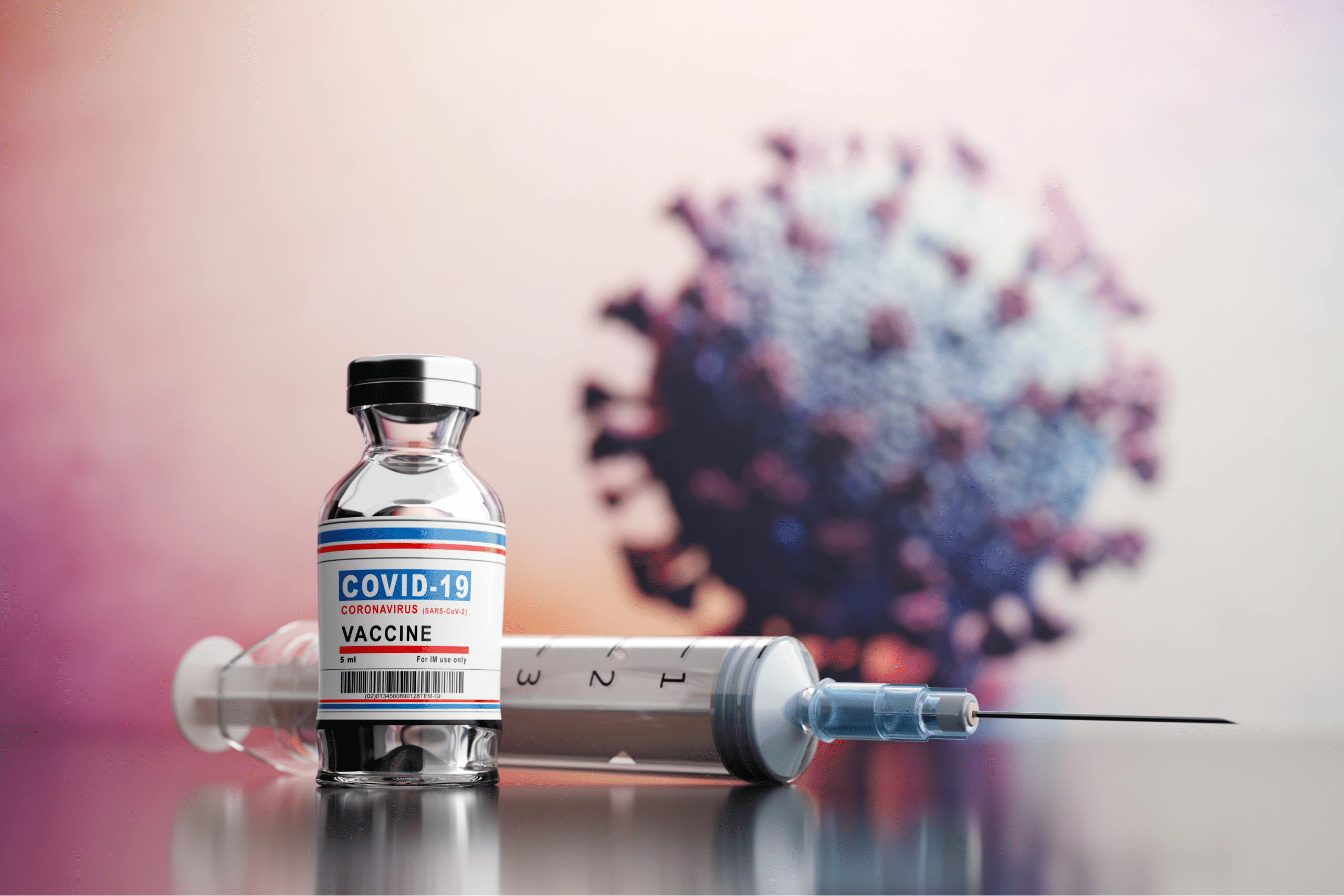Free Consultation
Free Consultation

The COVID-19 pandemic brought unprecedented challenges to the healthcare system, affecting not only the delivery of medical care but also the landscape of medical malpractice claims in New York. In this blog, we will explore the profound impact of the pandemic on medical malpractice claims, including changes in procedures, case volumes, and legal challenges.
When the pandemic hit New York in early 2020, hospitals and healthcare providers faced an overwhelming surge in COVID-19 cases. As a result, medical facilities had to make difficult decisions regarding the allocation of resources, which sometimes led to delayed or postponed elective surgeries and non-emergency procedures. These changes in medical procedures had a direct impact on medical malpractice claims.
Many medical malpractice claims stem from surgical errors or complications arising from medical procedures. The delay or postponement of these procedures due to COVID-19 meant that fewer patients were subjected to these risks, leading to a temporary reduction in certain types of malpractice claims.
The pandemic also accelerated the adoption of telemedicine. While telemedicine offers numerous benefits, such as increased accessibility to care, it introduced new challenges related to medical malpractice. Issues like misdiagnosis over video calls and errors in electronic health records became potential sources of claims.
Despite the temporary reduction in certain types of malpractice claims, the overall landscape of medical malpractice litigation in New York underwent significant changes during the pandemic.
Healthcare providers on the frontlines of the pandemic faced immense pressure, leading to instances of medical errors and negligence. Overworked and fatigued healthcare workers sometimes made mistakes that resulted in serious harm to patients. This surge in medical errors contributed to an increase in medical malpractice claims.
The pandemic also posed legal challenges for plaintiffs pursuing medical malpractice claims. Court closures, delays in legal proceedings, and changes in the prioritization of cases meant that claimants often had to wait longer to seek justice. These delays in the legal system added to the frustration and financial burden faced by individuals seeking compensation.
To address the unprecedented circumstances of the pandemic, New York, like many other states, implemented liability protections for healthcare providers. These protections shielded healthcare facilities and professionals from certain COVID-19-related malpractice claims, further complicating the landscape for potential claimants.
As the pandemic continues to evolve, its impact on medical malpractice claims in New York may persist in various ways.
Telemedicine is likely to remain a significant part of healthcare delivery even after the pandemic. As telemedicine continues to grow, addressing the legal challenges and potential sources of malpractice within this medium will be crucial.
The backlog of medical malpractice cases caused by the pandemic may take years to clear. This backlog could lead to longer wait times for claimants seeking resolution and compensation.
The future of liability protections for healthcare providers in the context of COVID-19 remains uncertain. Depending on the state of the pandemic and legislative decisions, these protections may be extended, modified, or lifted.
The COVID-19 pandemic has left an indelible mark on the medical malpractice landscape in New York. Changes in medical procedures, case volumes, and legal challenges have all been influenced by the unique circumstances brought about by the virus.
As we move forward, it is essential for healthcare providers, legislators, and legal professionals to adapt to these changes, ensuring that both patient safety and access to justice are maintained in this challenging environment. The impact of COVID-19 on medical malpractice claims will continue to be felt for years to come, underscoring the importance of understanding and addressing these complex issues.